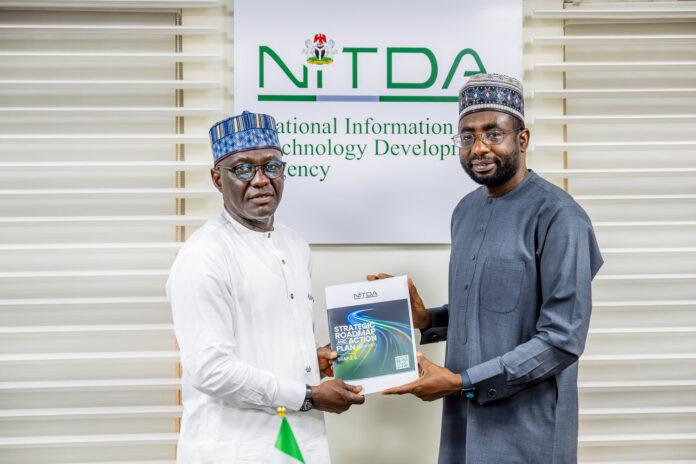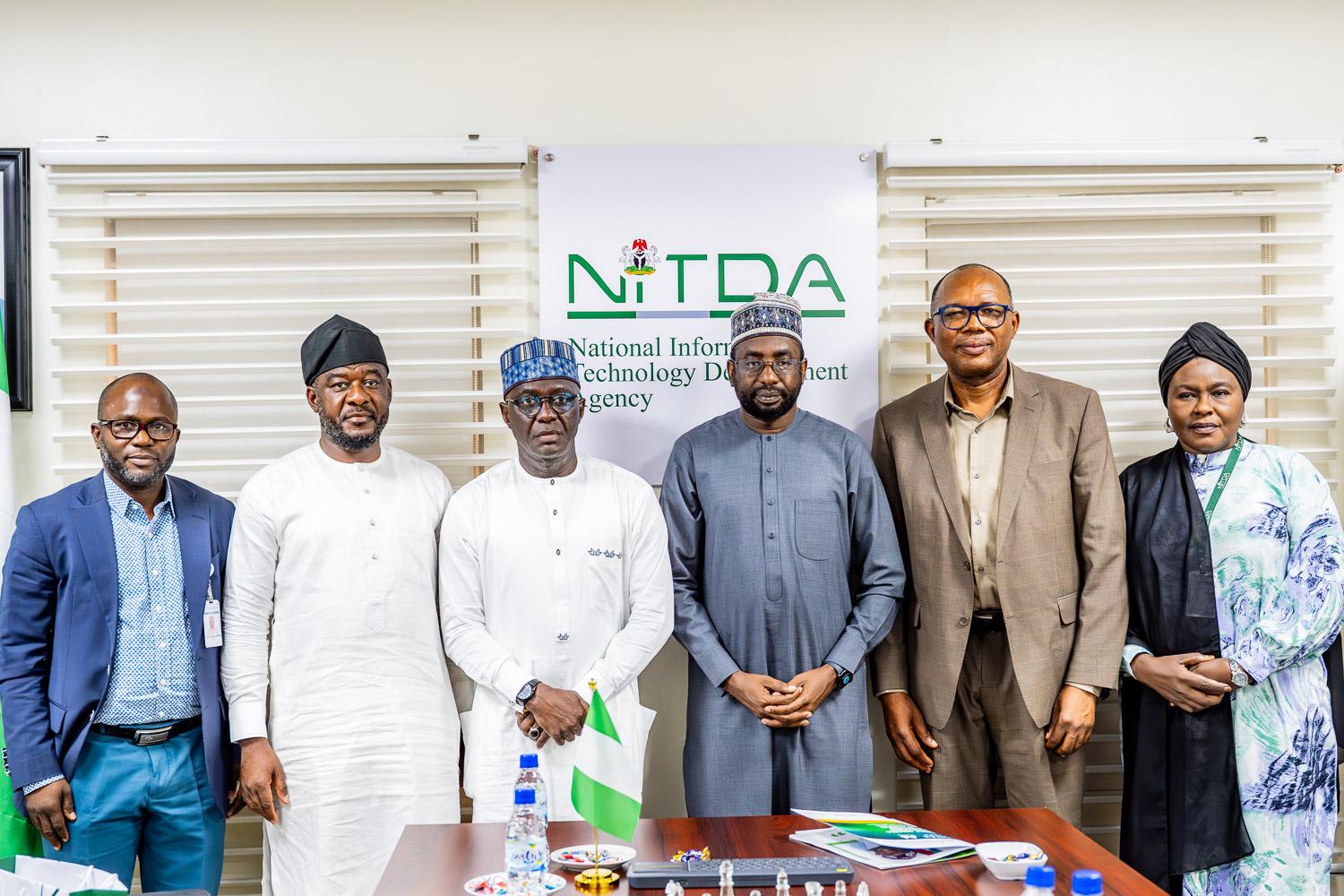
When we talk about tech revolutions, Internally Displaced Persons (IDPs) don’t usually make the headlines. But that’s exactly where Nigeria is rewriting the script.
This week, the National Information Technology Development Agency (NITDA) and the National Commission for Refugees, Migrants, and Internally Displaced Persons (NCFRMI) announced a partnership that could shift the narrative for millions of displaced Nigerians.
These will take these IDPs from survival to self-reliance through digital empowerment.
At a strategic meeting in Abuja, NITDA’s Director General, Kashifu Inuwa, laid out a vision that goes far beyond buzzwords and promises.
His mission is to embed digital literacy and infrastructure deep within Nigeria’s resettlement cities and camps because in today’s world, access to ICT isn’t a luxury, it’s a lifeline.

“This partnership is about reactivating hope by equipping displaced Nigerians not just with homes, but with hard skills and digital access,” Inuwa said.
Here’s how NITDA plans to make tech tangible for those on the margins:
Digital Learning Centres: Community-based hubs with shared devices where young people can learn everything from basic computing to advanced digital skills.
NYSC-Driven Training: Corps members trained in ICT will be deployed to teach and mentor learners in camps and resettlement cities.
Customised Infrastructure: Tech tools and training designed specifically for the unique needs of each displaced community.
Even more ambitious, NITDA is teaming up with an international organisation to launch innovation hubs inside IDP camps across the FCT, bringing startups, creators, and digital entrepreneurs into spaces typically defined by scarcity, not creativity.
“We’re not just reacting to displacement,” Inuwa noted. “We’re building scalable, replicable digital systems that restore dignity and opportunity.”
This push ties directly into NITDA’s Strategic Roadmap and Action Plan (SRAP 2024–2027), which aims to achieve 70% digital literacy in Nigeria by 2027, a cornerstone of the Federal Government’s digital economy agenda.
According to NCFRMI’s Federal Commissioner, Hon. Tijani Aliyu Ahmed, Nigeria is currently home to over 6.1 million internally displaced persons due to insurgency, climate disasters, and insecurity.
Another 125,000 Nigerians are taking refuge in neighboring countries.
Ahmed didn’t mince words; “Digital literacy is no longer optional. If we want displaced children to pass JAMB, access education, and one day build businesses or lead, we must start here.”
But this isn’t just about tech, the deeper goal is restoration.
In resettlement sites already developed in Kano, Borno, Zamfara, Katsina, Daura, and now Keffi, displaced families are being given more than shelter, they’re being given tools to rebuild.
These resettlement cities include:
Homes
Healthcare facilities
Markets
Schools
Vocational centres
Agricultural land
Tech is now the newest pillar.
“We’re talking about dignity,” said Ahmed. “About turning resettlement into a fresh start.”
A Fresh Chapter for Nigeria’s Digital Economy
This partnership might not be the flashiest tech headline out there, but it’s one of the most human.
While the rest of the world debates AI regulation and fintech funding, Nigeria is quietly building one of the most inclusive digital economies on the continent.
One where a child in an IDP camp has as much right to digital fluency as a student in Lagos.


























